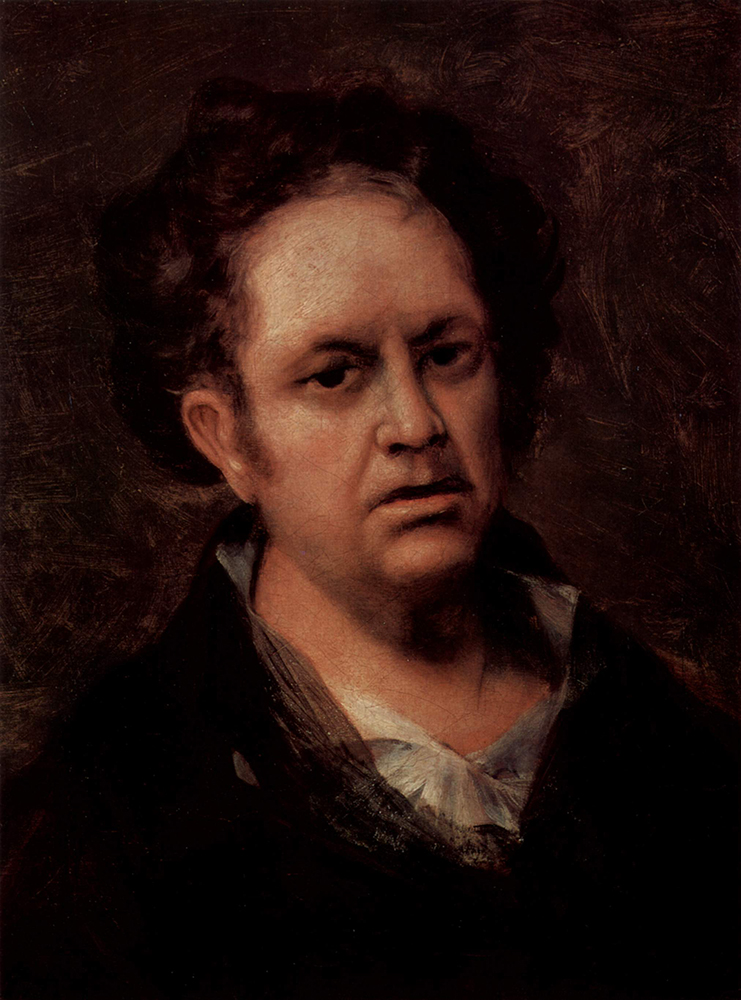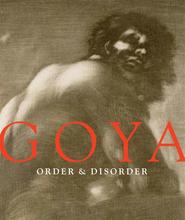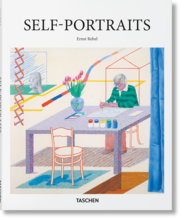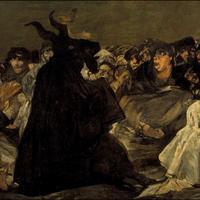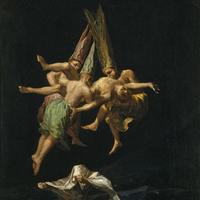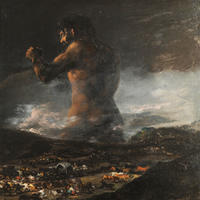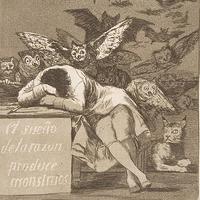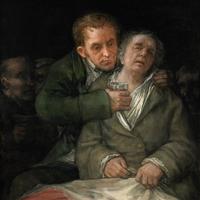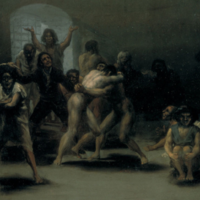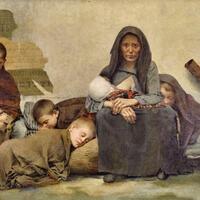More about Francisco de Goya
- All
- Info
- Shop
Works by Francisco de Goya
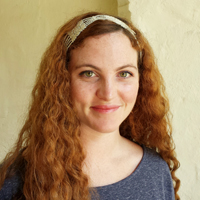
Sr. Contributor
The story goes that as a babe Goya drew a picture of Babe on a wall that was so divine it inspired a local friar to call upon art lessons for the youth.
From that innocent pig drawing to the tormented “Black Paintings” that would adorn his final home, Goya made a habit of painting pictures of questionable origins on his walls.
Whether the pig story is true or not, it is well established that Goya began painting at an early age. By 14 he had an apprenticeship but rather than comfortable commissions was practicing street acrobatics to make ends meet. During this unsteady time he met his best friend Francisco Bayeu, whose membership in the Real Academia de Bella Artes de San Fernando got Goya work as a tapestry designer and later the Spanish Court. At this time Goya also met Francisco’s sister, Josefa, who he would totally bang then marry (or marry then bang, who knows). The depth of their love was evidenced by Josefa’s numerous pregnancies, many of which resulted in miscarriage. Unfortunately for the couple, of the six children born to term, only one child, Javier, would live to adulthood. My PHD from the Frasier School of pop-psych tells me that this may have influenced Goya’s tendency towards isolationism and somewhat Satanic babies-in-baskets subject matter.
Goya’s penchant for the Pagan was also influenced by a wicked bout of illness that befell him on a trip to Andalusia in 1792. He was temporarily paralyzed and unable to walk or even stand without assistance for a month. The incident left him mostly deaf (except for the voices in his head) and marked the beginning of his dark etchings. Things weren’t all bad, it was here in 1796 that Goya was commissioned to paint portraits for the Duchess of Alba.
While many speculate that Goya had an affair with the Duchess and modeled his famous and very scandalous painting The Nude Maja after her, this hasn’t been proven. We do know that the two had a very close relationship for that of a court painter and his subject; she invited him to her country estate to paint/console her after her husband died.
By 1819, seven years after his wife’s death, Goya sought out complete isolation. He bought a house in the country outside of Madrid known as Quinta del Sordo, or “House of the Deaf Man” where he lived alone with his maid Rosaria Leocadia and her daughter. Rumors abound that he and Rosario were having an affair. She was 35 years his junior and looked enough like his late-wife that a portrait of her bears the title Josefa Bayeu (or Leocadia Weiss), so we can assume at least he wanted something to happen. Rosario, maybe not so much. Whatever the relationship, he left her nothing in his will despite her years of devoted care for him and the house he kept covering in creepy paintings.
The fourteen oil paintings Goya applied directly to the walls of his home are collectively known as his “Black Paintings.” They are disturbing as f@*% and Rosario definitely should have been included in the will for dealing with them (imagine looking at Saturn every day). But maybe she didn’t have to. Research by art historian (we like those) Juan José Junquera suggests that the original deed for Goya’s home does not include a second story. Unimportant biographical detail? Not so much. Due to Goya’s isolation there are only two contemporary sightings of the paintings, both of which site them as being upstairs. If, as all records show, the upper story wasn’t built until after Goya’s death then he could not possibly have painted what have become his most famous paintings. "Goya’s Ghost" may have been a bad movie but apparently he’s a great painter?
Featured Content
Here is what Wikipedia says about Francisco Goya

Francisco José de Goya y Lucientes (/ˈɡɔɪə/; Spanish: [fɾanˈθisko xoˈse ðe ˈɣoʝa i luˈθjentes]; 30 March 1746 – 16 April 1828) was a Spanish romantic painter and printmaker. He is considered the most important Spanish artist of the late 18th and early 19th centuries. His paintings, drawings, and engravings reflected contemporary historical upheavals and influenced important 19th- and 20th-century painters. Goya is often referred to as the last of the Old Masters and the first of the moderns.
Goya was born in Fuendetodos, Aragon to a middle-class family in 1746. He studied painting from age 14 under José Luzán y Martínez and moved to Madrid to study with Anton Raphael Mengs. He married Josefa Bayeu in 1773. Goya became a court painter to the Spanish Crown in 1786 and this early portion of his career is marked by portraits of the Spanish aristocracy and royalty, and Rococo-style tapestry cartoons designed for the royal palace.
Although Goya's letters and writings survive, little is known about his thoughts. He had a severe and undiagnosed illness in 1793 that left him deaf, after which his work became progressively darker and more pessimistic. His later easel and mural paintings, prints and drawings appear to reflect a bleak outlook on personal, social, and political levels and contrast with his social climbing. He was appointed Director of the Royal Academy in 1795, the year Manuel Godoy made an unfavorable treaty with France. In 1799, Goya became Primer Pintor de Cámara (Prime Court Painter), the highest rank for a Spanish court painter. In the late 1790s, commissioned by Godoy, he completed his La maja desnuda, a remarkably daring nude for the time and clearly indebted to Diego Velázquez. In 1800–01, he painted Charles IV of Spain and His Family, also influenced by Velázquez.
In 1807, Napoleon led the French army into the Peninsular War against Spain. Goya remained in Madrid during the war, which seems to have affected him deeply. Although he did not speak his thoughts in public, they can be inferred from his Disasters of War series of prints (although published 35 years after his death) and his 1814 paintings The Second of May 1808 and The Third of May 1808. Other works from his mid-period include the Caprichos and Los Disparates etching series, and a wide variety of paintings concerned with insanity, mental asylums, witches, fantastical creatures and religious and political corruption, all of which suggest that he feared for both his country's fate and his own mental and physical health.
His late period culminates with the Black Paintings of 1819–1823, applied on oil on the plaster walls of his house the Quinta del Sordo (House of the Deaf Man) where, disillusioned by political and social developments in Spain, he lived in near isolation. Goya eventually abandoned Spain in 1824 to retire to the French city of Bordeaux, accompanied by his much younger maid and companion, Leocadia Weiss, who may have been his lover. There he completed his La Tauromaquia series and a number of other works. Following a stroke that left him paralyzed on his right side, Goya died and was buried on 16 April 1828 aged 82.
Check out the full Wikipedia article about Francisco Goya

